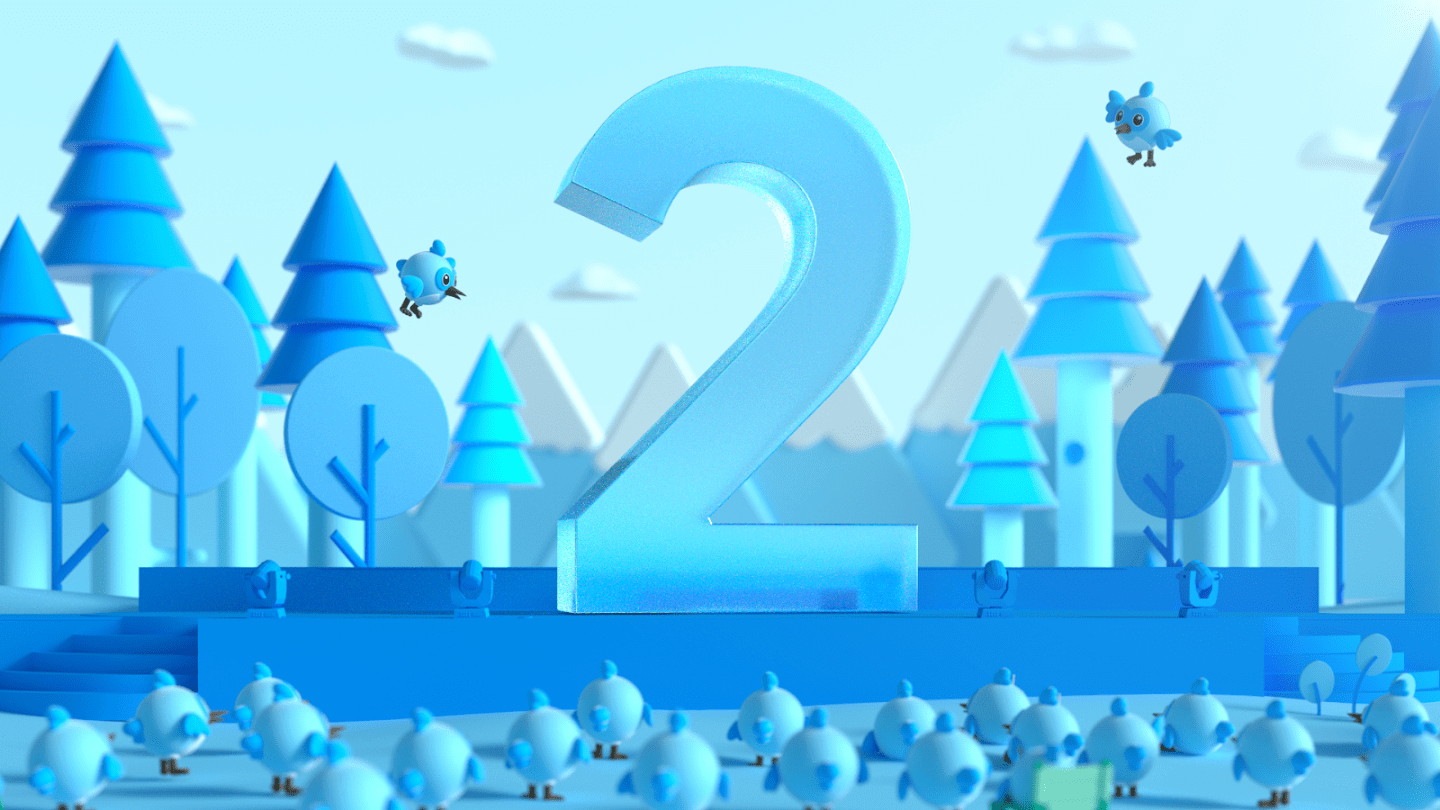Welcome Flutter 2.0 – Continuing Transition Beyond Mobile
Flutter 2.0 is here, folks, and we are excited to unveil what this updated open-source UI development kit has in store for us. The power of Flutter can be realized with the fact that over 150,000 Flutter applications have been launched on Google Play Store in just the past two years. The upgraded version highlights the flexibility and portability of Flutter as a complete UI toolkit and its potential to build beautiful apps for any platform of your choice – the mobile, web, desktop, and the emerging form factors such as foldable.
The framework that once started with support for just Android and iOS apps has now extended its support to web apps, MacOS, Windows, Linux, and embedded devices, unleashing your apps to run on a wide variety of different platforms. With the release, Flutter continued to progress in critical foundational areas such as performance enhancement, stability, support for the latest UI trends & widgets, and increasing accessibility.
Mobile engineers at TechAhead pay attention to some of the core enhancements of the framework highlighting its new potential in the mobile app development industry.
Flutter Web
The production-quality support for the web has been one of the major announcements in Flutter 2.0. Flutter’s web support has changed from beta to stable release focusing primarily on the performance and improvements in the rendering fidelity. The web platform has now evolved to encompass richer platform APIs that power sophisticated apps with 2D and 3D graphics and flexible layout.
Flutter for Desktop Moves Forward
Google introduced a whole bunch of changes in Flutter 2.0 as compared to Flutter 1.0, and one of the key changes include moving Flutter for Desktop’s status to somewhere Stable, which has been in the Alpha stage so far.
Flutter for Desktop also got proper support for keyboard shortcuts making it feel more like a native app on Windows, macOS, or Linux.
Flutter for Mobile: Introduces Foldable Displays
One of the most interesting things about mobile development is that phones come in many different shapes and sizes. Youngsters are now bitten by one of the latest trends, which is – Foldable phones as it enhances productivity when you are working from your home office or when you are on the go. Foldable phones give you the power to run your apps on two screens and utilize various tool screen design patterns – Extended Canvas, List-Detail, Two Page, Dual View, and Companion Pane.

Flutter has already been feature-complete for mobile apps except for one thing – Foldables. But thanks to the contributions made by Microsoft, Flutter 2.0 is now capable of supporting foldable displays. The idea behind this was to help developers take advantage of foldable and dual-screen devices regardless of the platform or app that they are building on.
Flutter Web Features
Performance
Performance has been the most significant thing the Flutter developers have made a ton of progress in. Flutter for the web can display your application in a browser in two ways –
- By rendering using HTML, CSS, and Canvas – makes it faster to download and load.
- By rendering using CanvasKit – heavy but gives better performance when there’s a lot on screen.
Web-specific features & widgets
Flutter 2.0 has added support for several web-specific features and widgets such as web-app deep linking, custom URL strategies, proper PWA (progressive web app) support, hyperlink widgets, text auto-fill, etc., to help you use the best of the web.
Support for laptop/desktop form factors
To help users feel right about the Flutter web experiences irrespective of whether they are using a mobile phone or a laptop and regardless of what the shape and size of your browser window is. Flutter 2.0 came with an interactive scrollbar, keyboard shortcuts and increased the default content density in desktop modes.
In addition to this, Flutter 2.0 can also be easily embedded in TVs, cars, smart home appliances facilitating the most portable and pervasive experience for the modern world.
These were some of the big features which stole the limelight. Furthermore, the world’s leading automaker – Toyota, is also leveraging Flutter to bring a best-in-market digital experience to vehicles by developing infotainment systems powered by the framework. Toyota has opted for Flutter due to its high performance, fast iteration, and smartphone-tier touch mechanics. Having said that, Google wants to continue its work with industry leaders to bring Flutter to vehicles, TVs, and other embedded devices.

With popular global brands leveraging the power of Flutter to drive their businesses, such as WeChat, Grab, Yandex Go, among others, it is certain that with the arrival of Flutter 2.0, it will become one of the most preferred app development frameworks among the businesses all across the globe.
How can TechAhead skyrocket your business growth with Flutter 2.0?
TechAhead, a leading flutter app development company, and Google’s certified development partner has successfully delivered 30+ flutter apps to its prestigious clientele, including global brands and innovative startups since the framework launched in 2017. With a dedicated team of 20+ in-house flutter developers and 11+ years of experience in developing robust, future-driven mobile apps, we transform your business idea into a future-proof mobile app in no time. Extract the most out of Flutter capabilities with TechAhead’s high-end Flutter app development solutions.
Source: techaheadcorp






